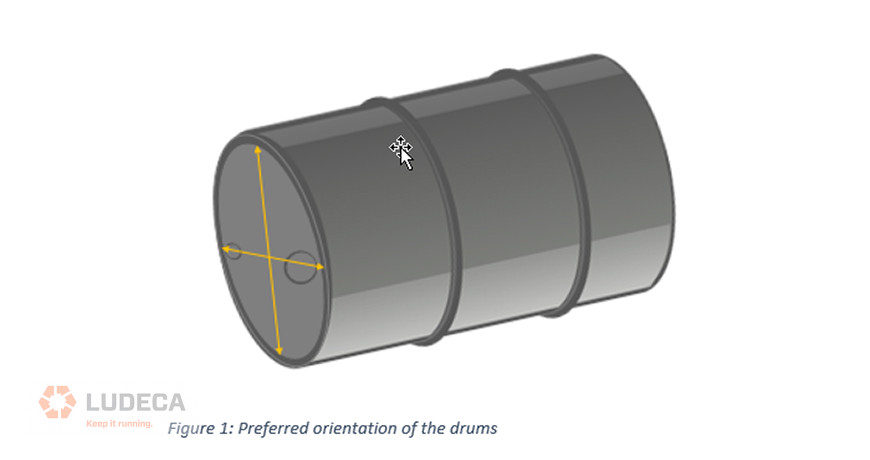We previously discussed in this series, Implementing Lubricant Storage & Handling procedures: Part 1 Understanding Contamination. In this follow-up blog, we will discuss the role of storage and handling.
As seen in the first article in this series, contamination is a huge factor that influences the degradation of a lubricant. The most common forms of contamination occur during both the storage and handling of lubricants. When lubricants are formulated they are typically placed in opaque containers (drums or pails). This helps to protect the lubricant from light sensitivity and UV radiation which can easily degrade the lubricant before it enters the equipment. As such, the lubricant would already have a decreased life span before being placed into service resulting in an even shorter maintenance interval for operators. Some IBCs (bulk storage containers) may not be fully opaque, so it is up to the user to help protect their lubricants and store these in cool areas out of direct sunlight.
Generally, most storage facilities may not have sheltered areas for their lubricants. In the case of drums, some operators store them upright on pallets, stacked a couple of pallets high and out in the elements. If one looks closely at a drum, one will notice two openings also called bungs (one is typically larger than the other). These have been designed to be opened and allow the lubricant to flow. If drums are stored outside, the top of the drum can collect water from the rain. When the temperatures get cooler during the night, the water is pulled into the oil through the bungs and contaminates the oil.
This phenomenon can be particularly detrimental if transformer oils are stored in this manner as the oil will now contain water. When poured into the transformer, it can cause a fire hazard because of the presence of this water due to improper storage. Similarly, for any oil stored outside in the elements, the presence of water can cause significant damage to the equipment.
If drums are to be stored outside, they should not be stored upright. In fact, they should be placed such that the bungs are at a 3 o’clock and 9 o’clock position as seen in figure 1 below. This way, if water surrounds the drum, the possibility of it entering the bungs (and by extension the oil is significantly reduced. Another way that drums can be stored would be on a drum rack, where they can be easily decanted or removed for use in other areas of the facility.

Understanding the handling of lubricants
While the storage of lubricants is important, their handling is often where most contaminants have the opportunity to ingress. On a typical day, if an operator goes to a pail/bucket to decant some fluid, they may use whatever container they can put their hands on and decant the lubricant. This container could already have some dirt, oil from a previous decant, or whatever may be in the atmosphere. With this one container, the operator has just introduced unwanted contaminants within the range of millions of microns.
One can think that the filters placed on the equipment should catch the dirt and some of them will capture some of the dirt particles but what about the contamination with a previously used oil? If the container was used to transport motor oil and then used to transport hydraulic oil, the chances are that the oil will be severely degraded very quickly. Motor oils contain around 30% of additives while hydraulics may contain a mere 5-10%. Either way, there could be major compatibility issues with both oils causing the oil to no longer perform its functions.
This contamination of using a previously used container to top up a hydraulic sump with approximately 3 gallons of oil, can result in the entire sump having to be replaced, including some downtime associated with cleaning the sump and removal of any traces of the contaminant. A decision that took less than 30 seconds just resulted in downtime which can cost millions depending on the type of operation. In the last part of this series, we will talk about ways to address storage and handling challenges. Stay tuned!
Thank you Sanya Mathura with Strategic Reliability Solutions Ltd for sharing this informative and educational article with us!
Download our Oil & Grease Storage Best Practices Infographic for some tips to help outline the best practices for proper lubrication storage.
Filed under:
Lubrication by Diana Pereda
